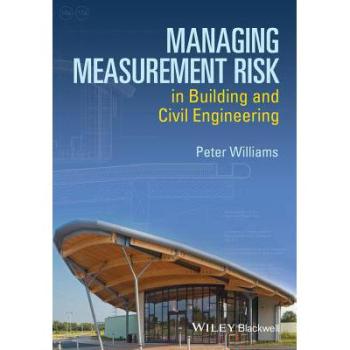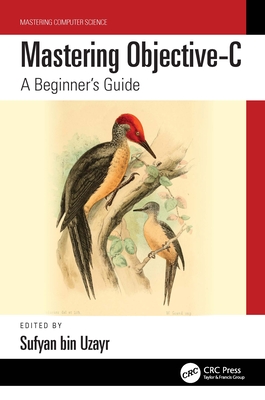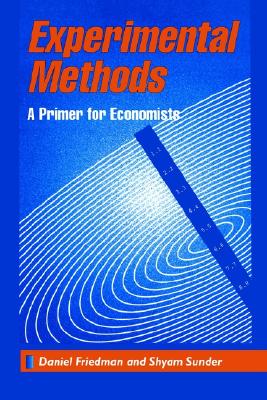
Managing Measurement Risk in Building and Civil Engineering
管理建筑与土木工程的测量风险
建筑史
¥
920.00
售 价:
¥
690.00
优惠
平台大促 低至8折优惠
发货周期:预计3-5周发货
作 者
出 版 社
出版时间
2015年09月22日
装 帧
平装
页 码
616
开 本
168.3x244.5mm
语 种
英文
综合评分
暂无评分
- 图书详情
- 目次
- 买家须知
- 书评(0)
- 权威书评(0)
图书简介
Measurement in civil engineering and building is a core skill and the means by which an architectural or engineering design may be modelled financially, providing the framework to control and realise designs within defined cost parameters, to the satisfaction of the client. Measurement has a particular skill base but it is elevated to an art because the quantity surveyor is frequently called upon to interpret incomplete designs in order to determine the intentions of the designer so that contractors may be fully informed when compiling their tenders. The true art of measurement is undoubtedly the province of the professional quantity surveyor and a great deal of experience is required to fully master the subject. By definition, therefore, most construction professionals, and many quantity surveyors indeed, cannot be considered competent in measurement. They may be able to measure up to a point but, faced with a drawing chest full of AO drawings and a multiplicity of standard details and schedules, most would be daunted by the prospect of taking off the quantities for a project of any size. This is still the case despite the huge advances that have been made in IT-based measurement but it does not mean that measurement is a closed book or an inaccessible skill. Nor does it mean that everyone involved in the construction process needs to be able to measure to the standard of a professional quantity surveyor. Managing Measurement Risk in Building and Civil Engineering help all those who use measurement in their work or deal with the output from the measurement process, to understand not only the ins and outs of measuring construction work but also the relationship that measurement has with contracts, procurement, claims and post-contract control in construction. The book is for quantity surveyors, engineers and building surveyors but also for site engineers required to record and measure events on site with a view to establishing entitlement to variations, extras and contractual claims. The book focuses on the various practical uses of measurement in a day-to-day construction context and provides guidance on how to apply quantity surveying conventions in the many different circumstances encountered in practice. A strong emphasis will be placed on measurement in a risk management context as opposed to simply taking-off quantities. It also explains how to use the various standard methods of measurement in a practical working environment and links methods of measurement with conditions of contract, encompassing the contractual issues connected with a variety of procurement methodologies. At the same time, the many uses and applications of measurement are recognised in both a main contractor and subcontractor context. Measurement has moved into a new and exciting era of on-screen quantification and BIM models but this has changed nothing in terms of the basic principles underlying measurement: thoroughness, attention to detail, good organisation, making work auditable and, above all, understanding the way building and engineering projects are designed and built. This book will help to give you the confidence to both measure and understand measurement risk issues by: presenting the subject of measurement in a modern context with a risk management emphasis recognising the interrelationship of measurement with contractual issues emphasising the role of measurement in the entirety of the contracting process conveying the basic principles of measurement and putting them in an IT context incorporating consideration of all the common methods of measurement currently used: NRM1 and NRM2; CESMM4; MMHW; and POMI.
本书暂无推荐
本书暂无推荐












